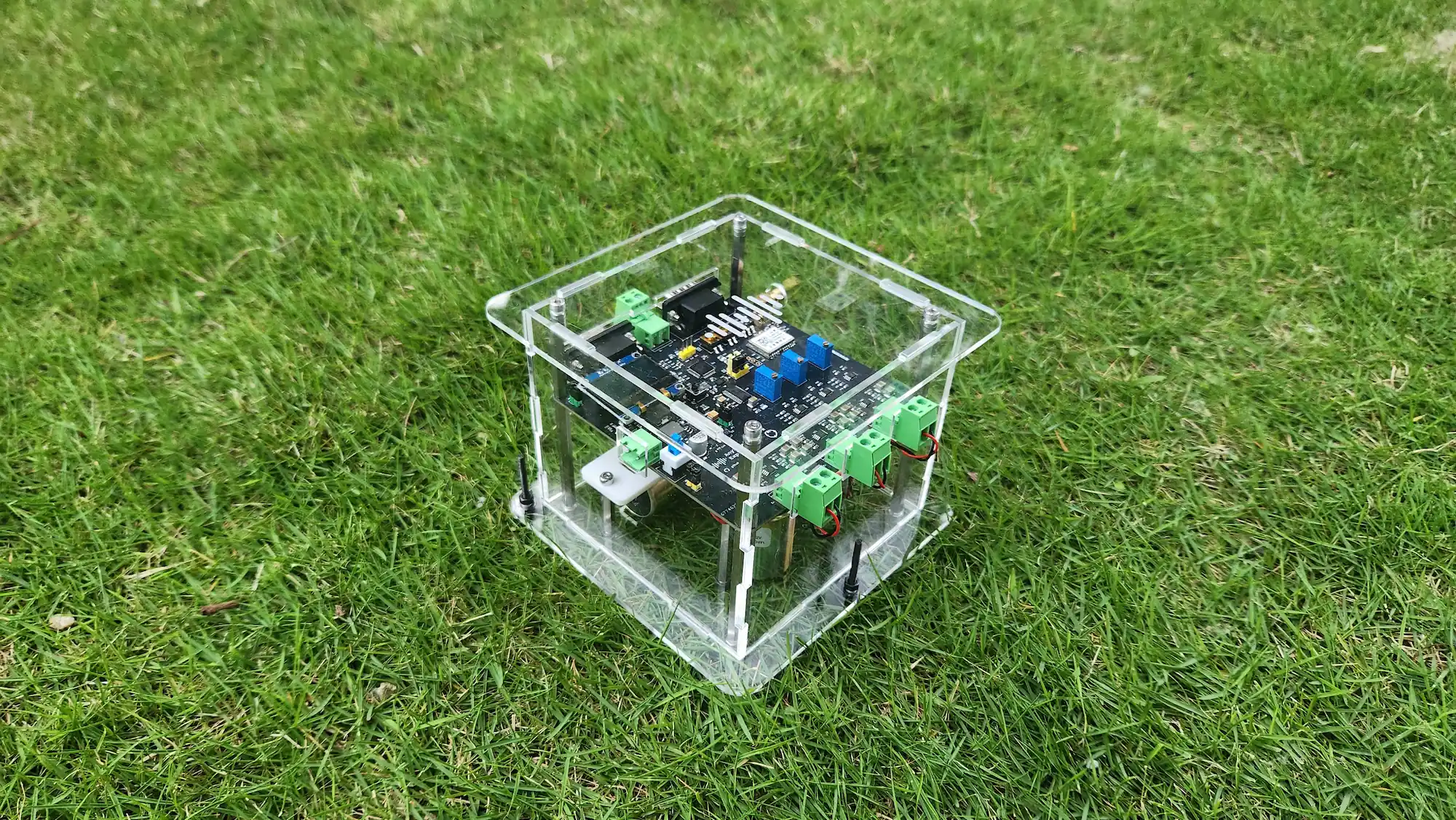Getting Started with AnyShake
What is AnyShake?
AnyShake is an open-source, professional-grade seismic monitoring system designed for researchers, engineers, educators, and enthusiasts. By providing high-sensitivity, 3-axis geophones coupled with advanced electronics and software, AnyShake Explorer delivers affordable, high-precision seismic monitoring that rivals proprietary systems. Paired with AnyShake Observer, it offers real-time data visualization, analysis, and export capabilities.

Unlike traditional seismographs, which are often proprietary and expensive, AnyShake offers a solution that is fully open-source, providing anyone with access to high-fidelity seismic data. Whether for earthquake research, structural health monitoring, or general seismic data collection, AnyShake serves a wide range of applications.
How AnyShake Works
AnyShake Explorer captures seismic data using three high-sensitivity velocity geophones and 3-axis accelerometers. These geophone sensors measure seismic waves in three directions (EHZ, EHE, EHN) and convert the motion of seismic waves into electrical signals, which are then transmitted to the companion software, AnyShake Observer, for real-time monitoring and analysis.
AnyShake Observer is a cross-platform, web-based application that processes the seismic data and provides users with a real-time waveform display, historical data query capabilities, and a powerful earthquake detection engine.
Key Features of AnyShake Explorer:
- 3-Axis Geophone + 3-Axis Accelerometer Sensors: Provides precise, high-sensitivity data for seismic event detection in all three directions (vertical and horizontal axes).
- 32-Bit ADC: Ensures ultra-low noise data capture, offering the highest accuracy possible.
- Flexible Sampling Modes: Supports a wide range of sampling modes, including geophone-only, accelerometer-only, and simultaneous 6-channel sampling (3-axis geophones + 3-axis accelerometers).
- Real-Time Data Transmission: Communicates through RS-232/RS-485 serial interfaces for smooth and reliable data transmission.
- Time Synchronization: Supports GNSS/NTP synchronization for millisecond-level precision.
- Low Power Operation: Consumes only ~0.6W, ideal for long-term deployment in remote or off-grid locations.
- Open-Source Hardware and Software: Full access to hardware schematics, firmware, and software, allowing customization and development.
Key Features of AnyShake Observer:
- Web-Based Interface: No installation required; simply access through any modern browser on desktop, tablet, or mobile.
- Real-Time Waveform Display: View live seismic data in real-time with zooming, panning, and customizable channel layouts.
- Multi-Channel Support: Visualize data from multiple sensors, including both geophones and accelerometers.
- Historical Data Query: Access past seismic data and filter it by time or global seismic events.
- Data Export: Export seismic data in popular formats such as MiniSEED, SAC, TXT, and WAV for further analysis.
- Earthquake Detection Engine: The built-in QuakeSense service detects earthquakes using STA/LTA and Z-Detect algorithms, automatically sending alerts via MQTT.
- Flexible Storage and Integration: Supports multiple database backends (PostgreSQL, MySQL, SQLite) and integrates seamlessly with seismic tools like SeisComP.
- Seamless Integration with Professional Seismic Networks: Easily connect to professional seismic networks for a broader scope of data.
Setting Up AnyShake
1. Hardware Setup:
- AnyShake Explorer includes everything needed for seismic monitoring: three high-sensitivity geophones, a 3-axis accelerometer, and an OLED display for system status.
- Powering the Device: The Explorer operates on a low-power 9–12V DC power source (~50mA), making it perfect for solar-powered or battery-operated systems.
2. Software Setup:
- AnyShake Observer is available as a single binary for easy cross-platform deployment. It doesn’t require client installation and works directly through any modern browser.
- Installation: Simply follow the quick-start guide on the official documentation page. The software works on Linux, macOS, Windows, and even embedded Linux devices.
3. Connecting Hardware and Software:
- Once the AnyShake Explorer is powered on, it will start transmitting data through its serial ports to AnyShake Observer.
- Use the AnyShake Observer web interface to configure, monitor, and analyze real-time data. You can also access historical data and export it in standard seismic formats.
Comparison with Competitors
| Feature | AnyShake Explorer | Raspberry Shake 1D | Raspberry Shake 4D | Raspberry Shake 3D |
|---|---|---|---|---|
| Open-Source Hardware | ✅ | ❌ | ❌ | ❌ |
| Open-Source Software | ✅ | Partial | Partial | Partial |
| Geophone Channels | 3 | 1 | 1 | 3 |
| Accelerometer | 3-axis | ❌ | 3-axis | ❌ |
| ADC Resolution | 32-bit | 24-bit | 24-bit | 24-bit |
| Sampling Rate | 50–250 SPS | 100 SPS | 100 SPS | 100 SPS |
| Power Usage | ~0.6W | ~2.2W | ~2.2W | ~2.2W |
| Customizability | ✅ | ❌ | ❌ | ❌ |
Why Choose AnyShake?
- Affordability: While proprietary systems often cost thousands of dollars, AnyShake delivers high-resolution, professional-grade seismic data at a fraction of the cost.
- Transparency and Customization: With full access to hardware schematics, firmware, and software, AnyShake is entirely open-source, enabling modifications and extensions based on user needs.
- Real-Time Data and Analysis: Unlike competitors, AnyShake provides real-time waveform display, data streaming, and earthquake detection services.
- Low-Frequency Compensation: AnyShake successfully implements low-frequency compensation, extending the frequency limit to a 2-second period (0.5 Hz), offering unique monitoring capabilities not found in other open-source systems.
- Community-Driven: As an open-source project, AnyShake benefits from a growing community that actively contributes to its improvement, ensuring new features and bug fixes are regularly integrated.